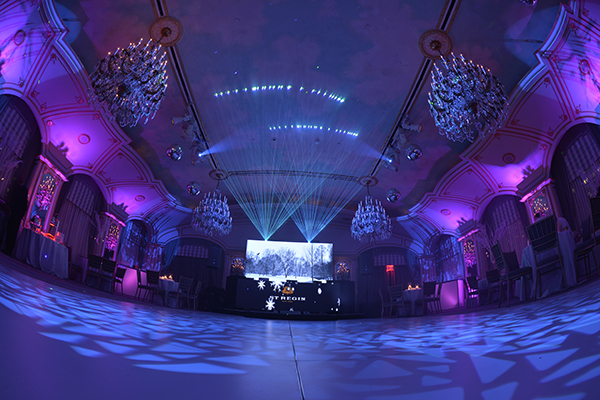Essential Strategies for Maximizing the Lifespan of The LED Display
Wiki Article
LED screens are growing increasingly widely used for various applications, from advertising to leisure. To guarantee that these displays operate effectively over the years, it is essential to implement tactics that maximize their lifespan. Understanding the elements that affect the longevity of LED screens can assist users maintain their performance and avoid unnecessary substitutions.
One of the main factors that can extend the durability of an LED wall is appropriate setup. It is vital to have a skilled team handle the setup procedure to ensure all components are correctly connected. Inadequate setup can lead to power issues or mechanical damage. Additionally, the placement of the LED wall should consider environmental conditions such as light exposure and moisture levels. A well-installed display in a proper location will minimize the risk of damage caused by outside factors.

Routine upkeep is a further crucial strategy to extend the life of an Light Emitting Diode wall. This includes routine checks to monitor for any indicators of wear or failure. Dust and dirt can accumulate on the surface of the LED panels, impacting luminosity and color quality. Cleaning the displays with appropriate materials will help keep ideal clarity. It is also important to monitor the electronics behind the screen, ensuring that all links are tight and that there are no heat issues, which can greatly shorten the lifespan of the components.
Power management plays a crucial role in improving the lifespan of an Light Emitting Diode screen. Over-voltage or unstable power supply can harm the inner circuitry. To avoid this, using a high-quality power supply and implementing surge protection measures is recommended. Additionally, adjusting the screen to function at reduced luminosity levels when intense luminosity is not necessary can reduce stress on the LEDs. This not only extends the durability of the screen but also saves power, making it a economical choice.
Furthermore, program control can affect the functionality of LED screens. Regularly refreshing the program that operates the screen guarantees that it operates efficiently and includes any essential safety patches. Old program can result in functionality issues and may expose the system to risks. Proper scheduling of content can also assist with overseeing the demand of the screen, allowing it to rest during non-peak hours, which can contribute to a longer lifespan.
In conclusion, maximizing the durability of an Light Emitting Diode screen involves a combination of appropriate installation, regular upkeep, effective power management, and careful program management. By focusing on these essential tactics, users can review ensure that their Light Emitting Diode screens remain operational and aesthetically appealing for many seasons. Taking proactive measures will not only enhance the performance of the Light Emitting Diode screen but also provide a better yield on investment over the years.